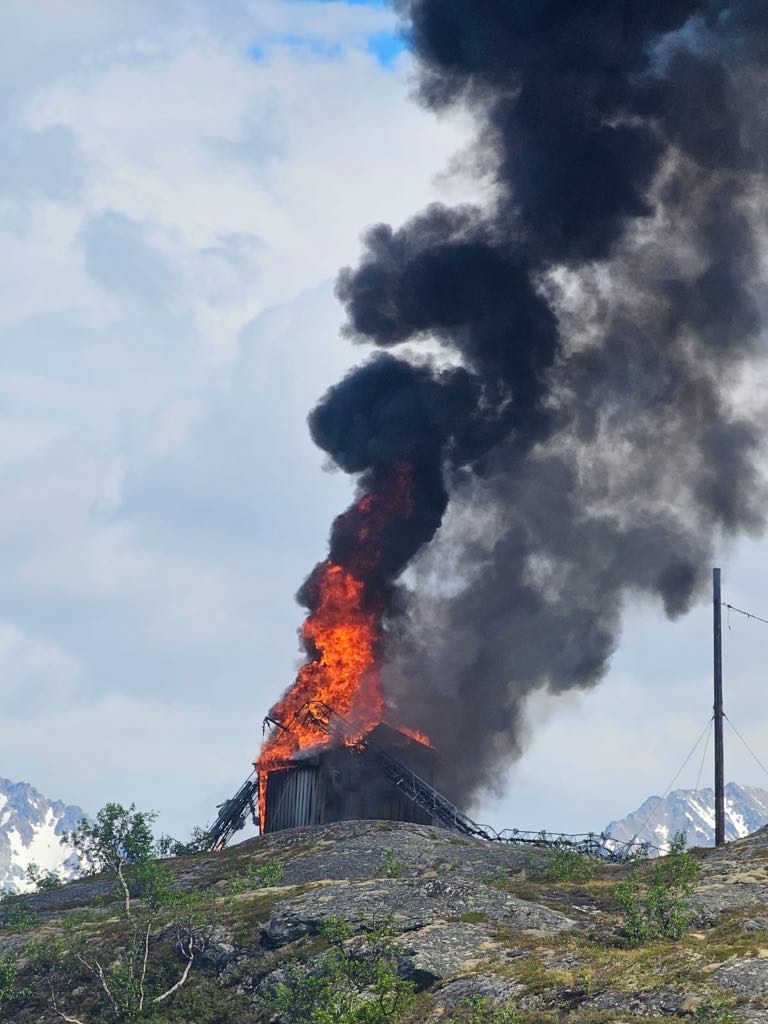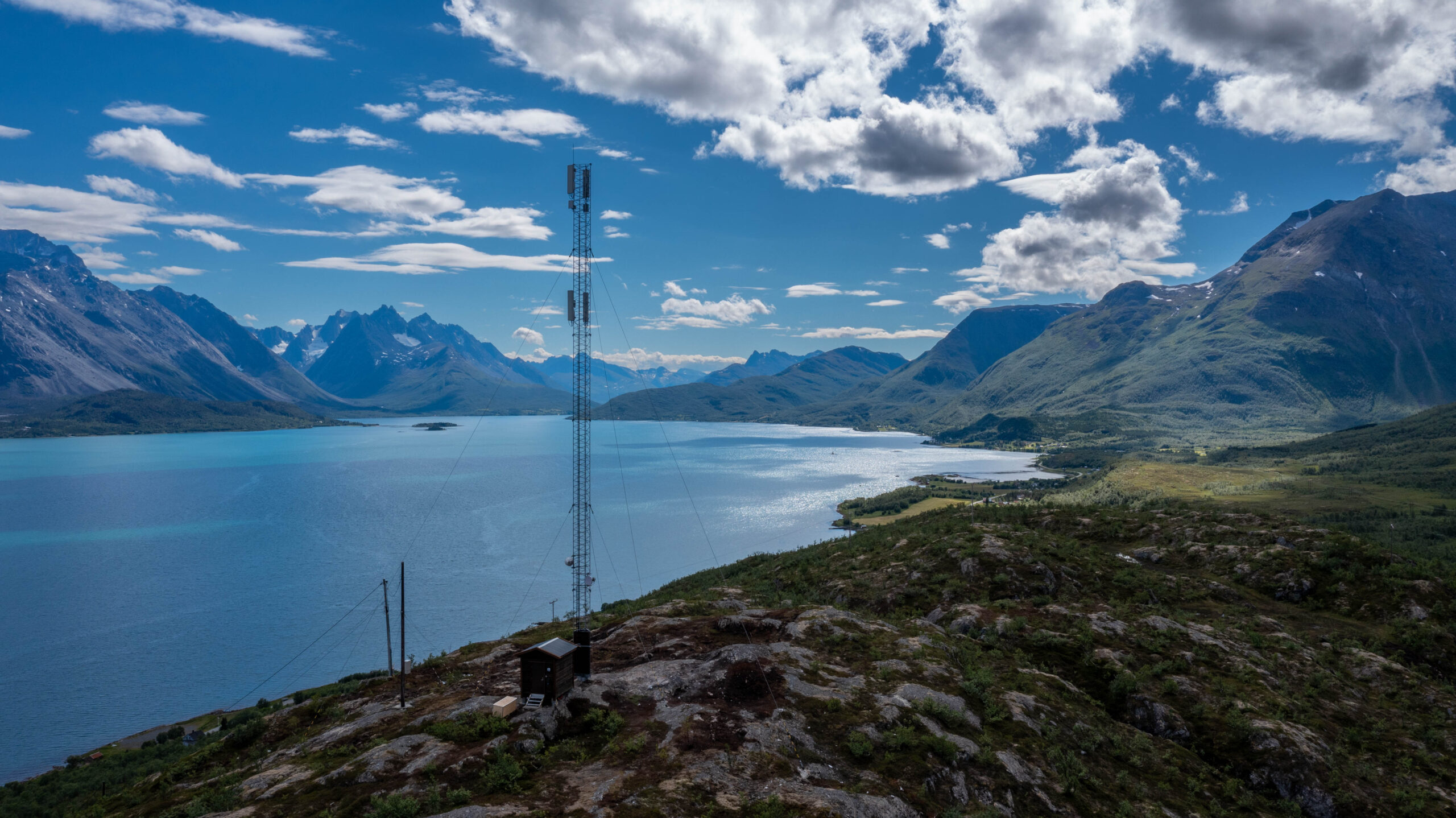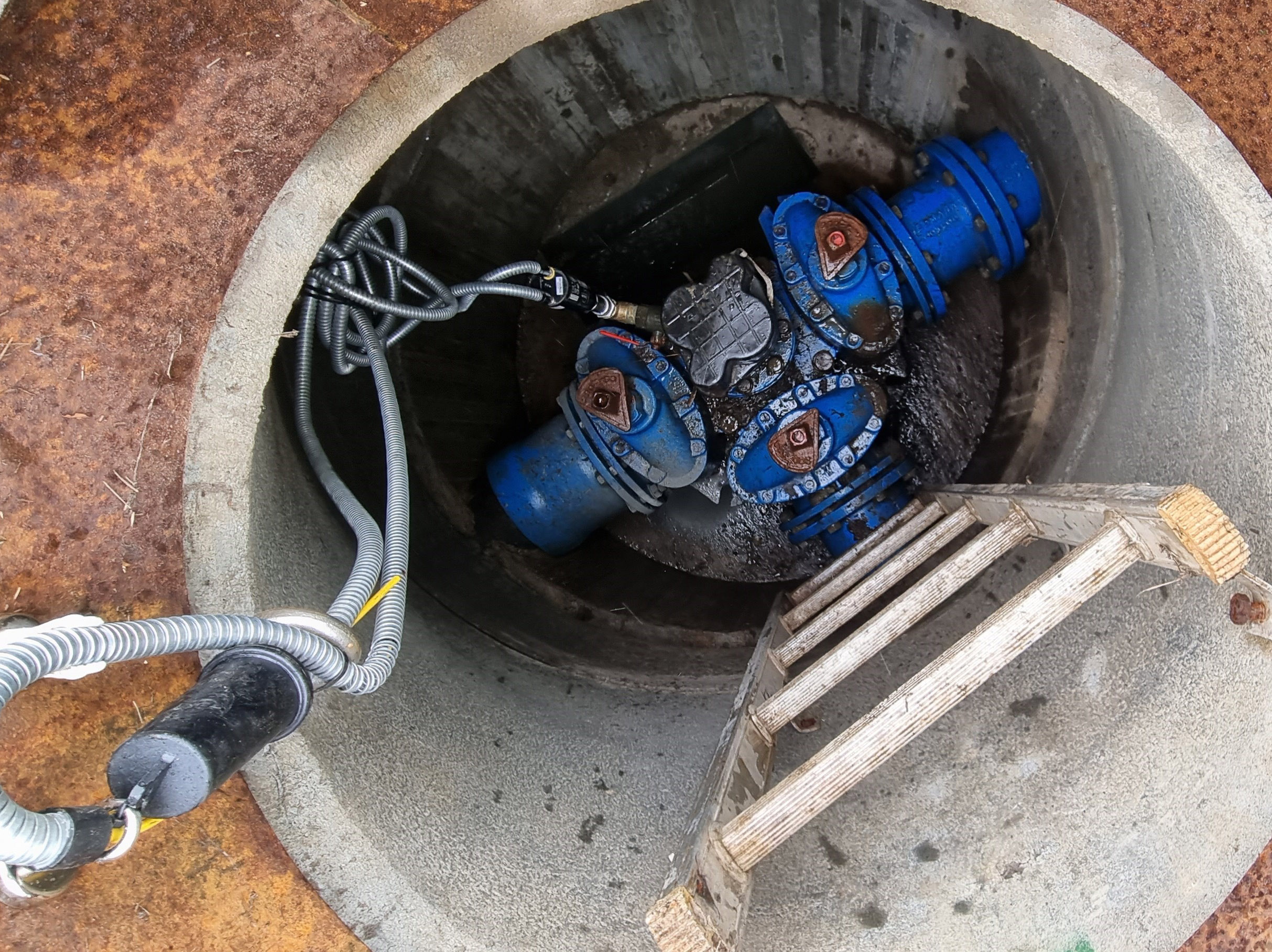Telenor Towers site fully restored only 16 days after burned down.
Tromsø, Norway, July 8nd. – Mobile coverage has now been restored in the Sjursnes area after the devastating fire on June 16.

On June 10, a major fire erupted at Telenor Tower’s Reieråsen site in Tromsø municipality. This incident has left residents and cabin owners without mobile coverage, creating a critical communication gap.
As of June 26, the site has been fully rebuilt and is now operational, according to Trine Pande-Rolfsen, acting head of Telenor Towers Norway.
Critical Situation
Pande-Rolfsen explains that Telenor Towers prioritized the project, working tirelessly day and night to restore the facility. The reconstruction efforts were extensive.
“Everything burned down and had to be rebuilt from scratch,” says Pande-Rolfsen, adding, “It was a critical situation, especially if anyone needed to contact emergency services. We have worked as quickly as possible with our contractors and staff, often into the evenings and nights over the past days.”
Fully Operational by the Weekend
By Wednesday evening, the new site was operational for voice calls.
“We are continuing with the necessary resources to restore 4G and 5G service and aim to have full capacity by week 27,” Pande-Rolfsen confirms.
Telenor Towers appreciates the patience and understanding of the local community during this challenging period and remains committed to providing reliable infrastructure services.

Picture: Our site at Reieråsen, Sjurnes, fully restored. Photo by: Kjetil Robertsen, Telenor Towers



